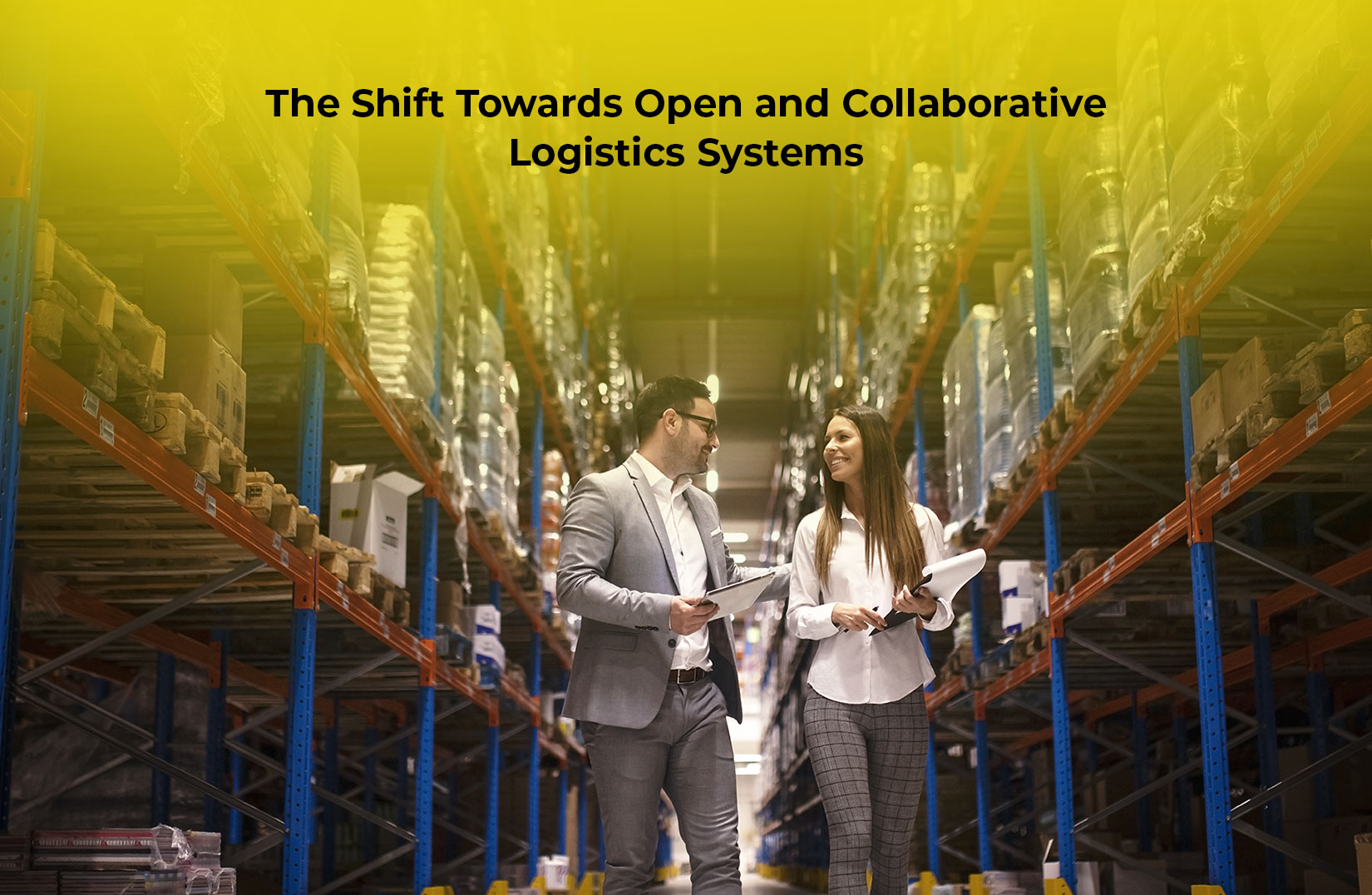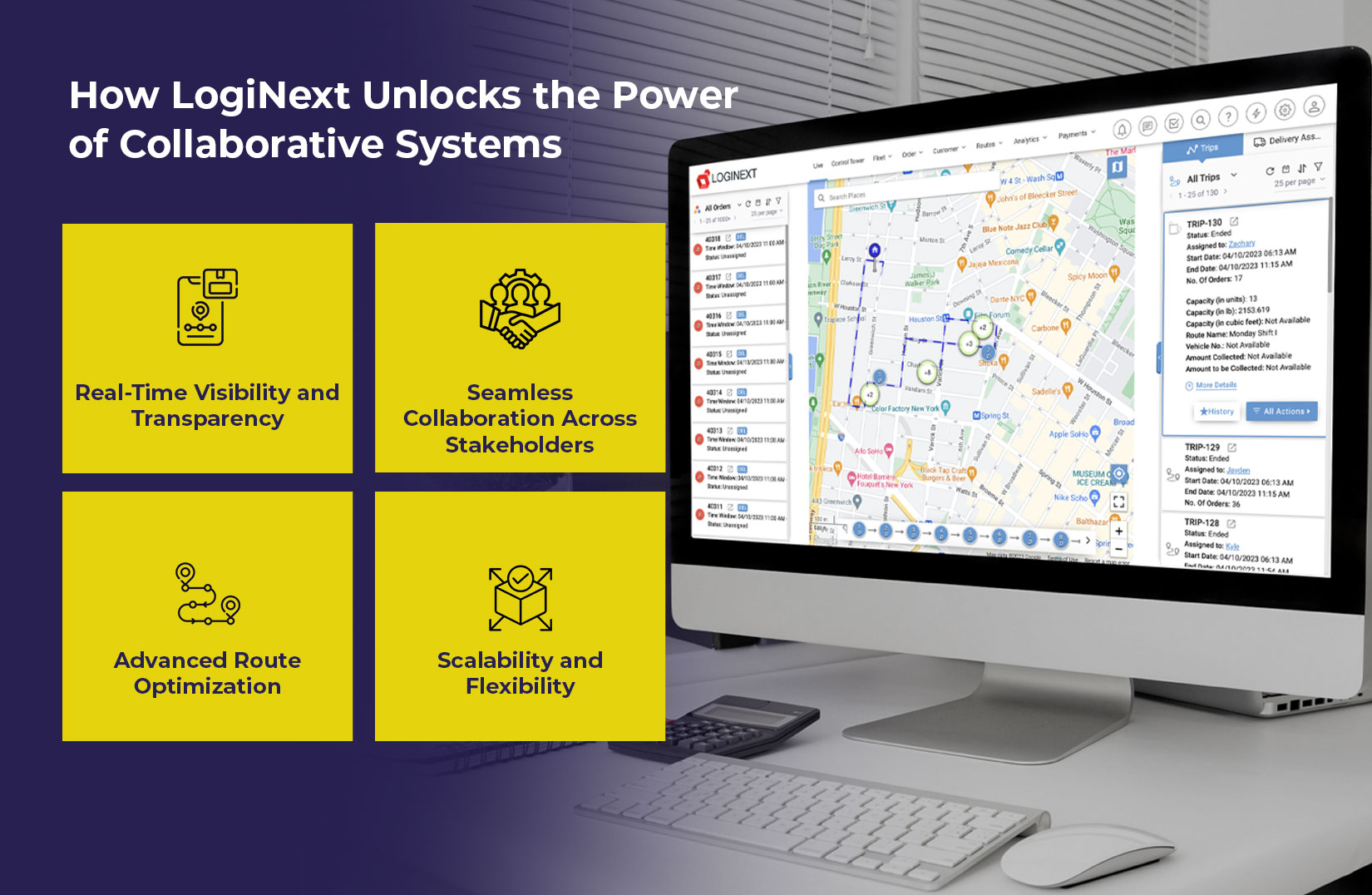
Unlocking the Power of Open and Collaborative Systems in Logistics with LogiNext
In the rapidly evolving landscape of global trade, the role of logistics software has never been more critical. Companies across industries are turning to digital solutions to optimize their supply chains, reduce costs, and improve delivery timelines. As businesses strive for efficiency, open and collaborative systems in logistics management are becoming the gold standard. By leveraging cutting-edge logistics management software, companies can streamline operations, enhance visibility, and unlock new levels of productivity. One standout player in this field is LogiNext, a leader in providing comprehensive logistics management solutions.
The Shift Towards Open and Collaborative Logistics Systems

Traditionally, logistics operations were managed through closed systems that operated in silos. While these systems served their purpose, they lacked the flexibility and transparency needed to handle today’s complex supply chains. In contrast, open and collaborative logistics systems enable real-time data sharing across stakeholders, fostering better communication and decision-making.
A recent study found that businesses adopting open logistics platforms improved delivery accuracy by 25%. They also achieved a 20% reduction in operational costs. These systems empower companies to adapt to changing market dynamics while providing customers with better service.
Logistics software, like that offered by LogiNext, plays a crucial role in this transformation. It integrates various functions—from route optimization to fleet management—into a single platform, reducing redundancies and ensuring seamless operations.
How LogiNext Unlocks the Power of Collaborative Systems

LogiNext’s logistics management software stands out for its ability to create a connected ecosystem. Here’s how:
1. Real-Time Visibility and Transparency:
One of the key benefits of using LogiNext’s logistics management solution is the real-time visibility it provides. Businesses can monitor shipments, track vehicle locations, and receive instant updates on delivery statuses. This transparency reduces delays and ensures that customers are informed every step of the way.
For instance, companies using LogiNext have reported a 30% improvement in on-time deliveries due to real-time tracking and predictive analytics.
2. Seamless Collaboration Across Stakeholders:
In traditional logistics models, communication gaps between suppliers, carriers, and customers often lead to inefficiencies. LogiNext bridges this gap by providing a centralized platform where all stakeholders can collaborate. This system ensures that everyone, from warehouse managers to drivers, has access to the same data, reducing misunderstandings and errors.
Moreover, LogiNext’s collaborative platform facilitates smoother last-mile deliveries, which are critical in today’s customer-centric market. By improving communication and coordination, businesses can achieve better customer satisfaction and loyalty.
3. Advanced Route Optimization:
LogiNext’s logistics management software leverages AI and machine learning to optimize delivery routes. This reduces fuel consumption, shortens delivery times, and lowers overall transportation costs.
Companies using LogiNext’s route optimization feature have reduced fuel costs by 15%. They have also increased delivery efficiency by 20%.These improvements directly contribute to better profit margins and a more sustainable supply chain.
4. Scalability and Flexibility:
One of the hallmarks of the best logistics software is its ability to scale with business growth. LogiNext’s platform is built to adapt to the evolving needs of companies, whether they are expanding their fleet or entering new markets. It also supports seamless integration with other digital tools.
With customizable features, businesses can tailor the logistics management solution to meet their unique requirements, ensuring long-term success.
Why Open Systems Are the Future of Logistics
The rise of e-commerce, same-day deliveries, and global supply chains has made logistics more complex than ever before. Closed systems no longer suffice in managing these complexities. Instead, open and collaborative logistics systems offer a future-proof solution.
Open systems foster innovation and continuous improvement. They allow businesses to integrate with third-party services, adopt new technologies, and stay competitive in a rapidly changing market.
In a survey by Deloitte, 73% of companies identified open logistics platforms as a key enabler for achieving supply chain resilience. With the right logistics management system, businesses can mitigate risks, reduce costs, and improve overall efficiency.
How to Choose the Best Logistics Management Software
Selecting the best logistics management software can be a daunting task, especially with so many options available. Here are some key factors to consider when choosing a solution:
1. Scalability:
Ensure the software can grow with your business. As your operations expand, your logistics software should be able to handle increased volumes and additional features without compromising performance.
2. Integration Capabilities:
Choose a platform that integrates seamlessly with your existing systems, such as ERP, CRM, and warehouse management systems. This ensures a smooth flow of data across all functions.
3. Real-Time Tracking and Analytics:
Look for software that provides real-time visibility into your supply chain. Features like real-time tracking and analytics can help you make data-driven decisions and improve operational efficiency.
4. User-Friendly Interface:
The software should be easy to use for all stakeholders, from warehouse managers to drivers. A user-friendly interface reduces training time and increases adoption rates.
5. Customization Options:
Your business has unique needs, so the software should offer customization options to tailor it to your specific requirements. Avoid one-size-fits-all solutions that may not address your operational challenges.
6. Customer Support:
Reliable customer support is essential. Ensure the vendor offers timely assistance and regular updates to keep your system running smoothly.
7. Security and Compliance:
Given the sensitive nature of logistics data, prioritize software that offers robust security features and complies with industry regulations to protect your information.
By considering these factors, businesses can select the best logistics management software that aligns with their operational goals and drives long-term success.
Embracing the Future with LogiNext
As the logistics industry continues to evolve, businesses must embrace open and collaborative systems to stay ahead. LogiNext’s best logistics software offers a comprehensive solution that combines real-time visibility, advanced analytics, and seamless collaboration.
By adopting a robust logistics management system, companies can improve their supply chain efficiency, reduce costs, and enhance customer experiences. With LogiNext, businesses unlock the full potential of open logistics systems, paving the way for a more connected and efficient future.
Conclusion
Open and collaborative logistics systems represent the future of supply chain management. By embracing these systems, businesses can unlock unprecedented efficiency, cost savings, and customer satisfaction. LogiNext’s best logistics management software provides the tools needed to achieve these goals, making supply chains more agile, transparent, and resilient. As industries evolve, leveraging innovative logistics management solutions like LogiNext will be crucial for staying competitive. These solutions drive long-term success in a dynamic global market. Book a demo with LogiNext and stay ahead of the curve. Click on the red button to know more.
44







@LogiNext